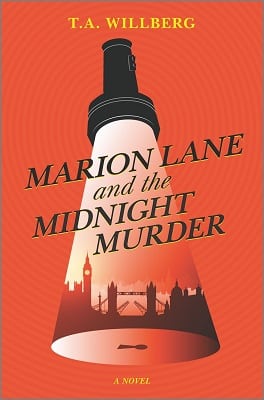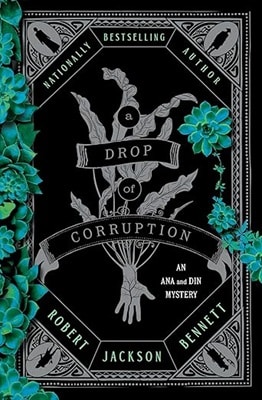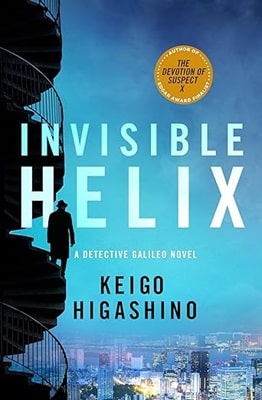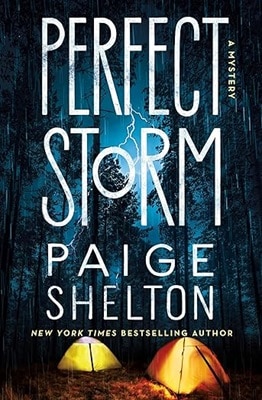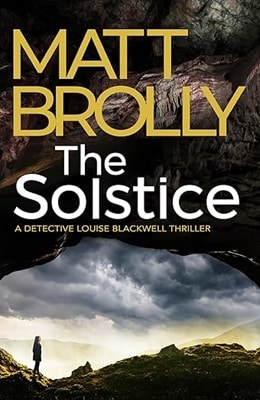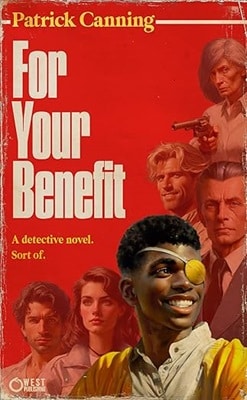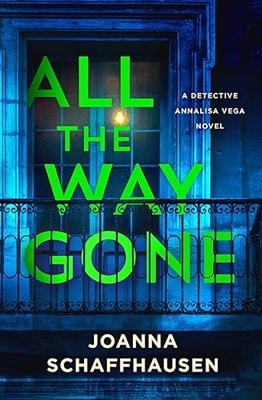Book Review
Marion Lane and the Midnight Murder
T.A. Willberg
reviewed by Jimmy Hoke
In Marion Lane and the Midnight Murder, T.A. Willberg devises a mystery set in Miss Brickett’s Investigations and Inquiries, an agency of detectives—known as Inquirers—who work (and mostly live) underground in 1950s London.
Through this secretive detective network, Willberg builds a fictional world that teems with rivalries, crime, and intrigue. The underground agency is full of twists and turns, in terms of plot as well as the secret (and moving) rooms and passageways that Marion and her friends, allies, and rivals uncover. Miss Brickett’s is a world worth returning to: it draws readers into the dramas of these Inquirers. And readers will want to see more of it—perhaps because many of us secretly dream of being underground detectives.
The titular protagonist, Marion Lane, is a first-year Apprentice at Miss Brickett’s. Marion is working through the agency’s rigorous three-year training sequence in hopes of being admitted to the full status of Inquirer, which not only comes with the privileges of investigative work but also grants access to room and board at Miss Brickett’s—a life immersed in underground detection. Miss Brickett’s, however, is not immune from the crimes and politics that fuel the agency’s work aboveground. At the novel’s outset, someone stabs Michelle White, the staff member responsible for receiving and sorting the public inquiries that Miss Brickett’s receives from its hidden system of letter cases spread across London. Michelle’s throat has been pierced with one of the agency’s unique detecting innovations (a “Herald Stethoscope”). Her brutal murder jolts the entire agency and distracts their attention from their ongoing investigation—especially because, since Michelle was murdered within Miss Brickett’s halls, the murder must be one of them.
Within this setting—and Michelle’s murder looming over them—a number of mysteries surface, including a plot between Marion’s closest friend, Bill, and David, one of her rivals in her apprentice cohort. Will these side intrigues build into a larger plot at Miss Brickett’s? Will they help Marion discover the killer and their motive? Or will all of this distract her from her apprentice work, risking failure and expulsion from the agency before she achieves Inquirer status? Marion Lane and the Midnight Murder constructs a complex, captivating, and suspenseful story that escalates into the novel’s end.
Willberg’s debut novel delivers an exciting mystery that is woven into a plot that develops the outside lives and motivations of her characters. Marion’s passion for her job adds to the excitement of the book’s drama. It is refreshing to see a character who is driven to do what she does, who is excited for her vocation, despite all of the challenges and struggles Miss Brickett’s brings. Furthermore, Marion feels relatable because she faces all the anxieties of “real life” aboveground as she struggles with the loss of her mother and living with a grandmother who wants to see Marion married and settled down as a 1950s housewife. Willberg poignantly portrays Marion’s grief and the ways she hides it and eventually shares it with her closest friends. These touching scenes give Marion a depth that brings her to life as a character.
Marion Lane left me with one concern. In the course of the novel, a tension arises over the question of whether the Inquirers should suspend their work on current investigations until they have apprehended Michelle’s murderer. This makes sense and adds tension to the tale. However, this tension pivots around whether work on the case of “The Scorcher” should progress or whether it is a distraction. In the course of these conversations, we discover the Scorcher is a serial killer who sets the homes of gay men on fire, burning them to death. Throughout the novel, it feels like this case is not—and should not—be as urgent as the murder that threatens Miss Brickett’s safe existence. I mentally protested: the case is important because queer men continue to be targeted and set on fire. I kept hoping a queer character might emerge to voice this—or their own fear that they could be the Scorcher’s next target. As a queer reader, the fact that no one ever said this underscored the lack of explicit queer representation in this novel. At the very least, if an author must create a motive that targets queer people as victims of hate crimes, these victims’ voices and perspectives should somehow feature in the story. There is, perhaps, hope that these victims might receive justice if Willberg writes a sequel: the novel’s end gestures toward the Scorcher moving to the front burner, with Marion potentially on the team.
Marion Lane and the Midnight Murder provides an enthralling plot to fit the thrill of discovering this secret society of Inquirers. Willberg prepares the suspenseful intrigue that builds and crescendos in the second half by weaving the contours of the mystery alongside her development of the backstories of Marion, Miss Brickett’s, and her friends. Her nuanced forging of these characters sets the scene for future stories that feature this cast and context. At least, one can hope!
More Detectives
Advertisement

